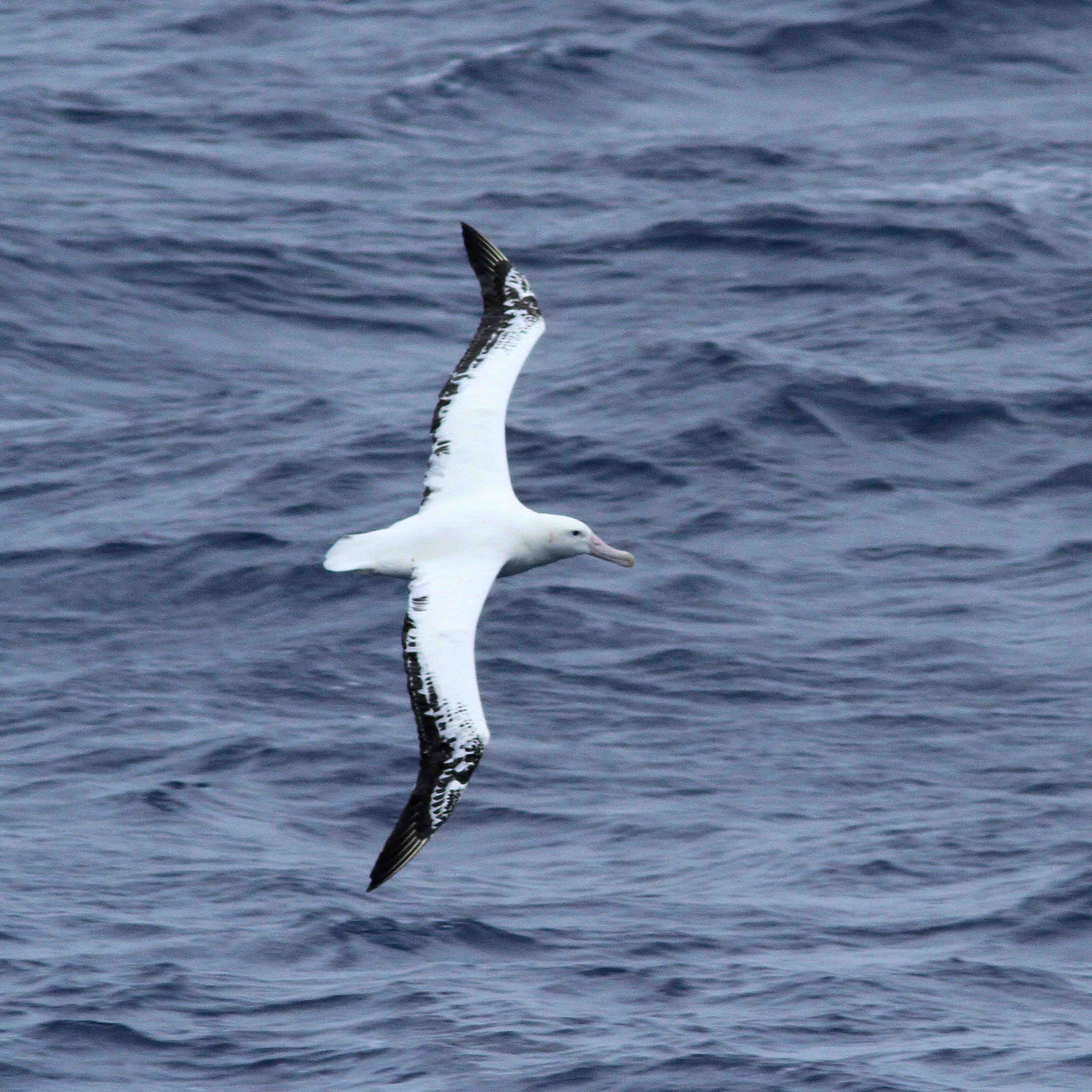
Diomedea exulans
TAXONOMY
Diomedea exulans Linnaeus, 1758, Cape of Good Hope. Two
subspecies.
OTHER COMMON NAMES
English: Snowy albatross, white-winged albatross; French: Albatros
hurleur; German: Wanderalbatros; Spanish: Albatros
Viajero.
PHYSICAL CHARACTERISTICS
Wingspan 9.2–11.5 ft (280–350 cm); 13.7–25 lb (6.25–11.3 kg).
One of largest albatrosses with variable plumage developing
from chocolate brown. Back and belly whiten first, followed by
head and rump. Wing whitens from center. Oldest males are
whitest.
DISTRIBUTION
D. exulans breeds in high latitudes of the southern oceans at
South Georgia, Marion and Prince Edward Islands, Crozet Island,
Kerguelen Island, Heard and Macquarie Islands. Juveniles
are thought to disperse northwards from these locations before
developing regular downwind migrations.
HABITAT
Marine and highly pelagic over deep waters away from coastal
continental shelves.
BEHAVIOR
Extensive repertoire of group and mutual displays accompanied
by a wide range of screams, whistles, moans, grunts, and bill
clappering.
FEEDING ECOLOGY AND DIET
Most food taken by surface seizing, but may make shallow
plunge dives. Feeds primarily on cephalopods, deepwater and
bioluminescent squid at night, but also fish and crustaceans.
Feeds on carrion more than other albatrosses and is an extensive
follower of ships for galley scraps, and fishing vessels for
offal, discards, and baits. During breeding, feeding flights over
deep ocean areas may be for as long as 25 days and covering
some 13,000 miles (20,800 km).
REPRODUCTIVE BIOLOGY
Lays one egg between 10 December and 5 January. The nest is
a raised bowl of soil peat and grassy vegetation rebuilt at each
nesting. On average, incubation lasts 79 days, fledging 271
days. Usually a biennial breeder. Monogamous, pairing usually
for life. Productivity c. 70%. Adolescents return by 6 years.
Breeding starts at 11 years. Only c. 30% of fledglings survive.
Adult annual mortality averages 5–7% with females being
higher than males.
CONSERVATION STATUS
Vulnerable. The main populations are at South Georgia (2,100
pairs annually), Marion and Prince Edward Island (3,000),
Crozet (1,700), and Kerguelen Island (1,400). All colonies have
experienced declines in breeding populations which have been
attributed to mortality associated with long-line fisheries in different
parts of the southern oceans.
SIGNIFICANCE TO HUMANS
None known.
Other popular Animals
Photo Gallery of - Wandering albatross
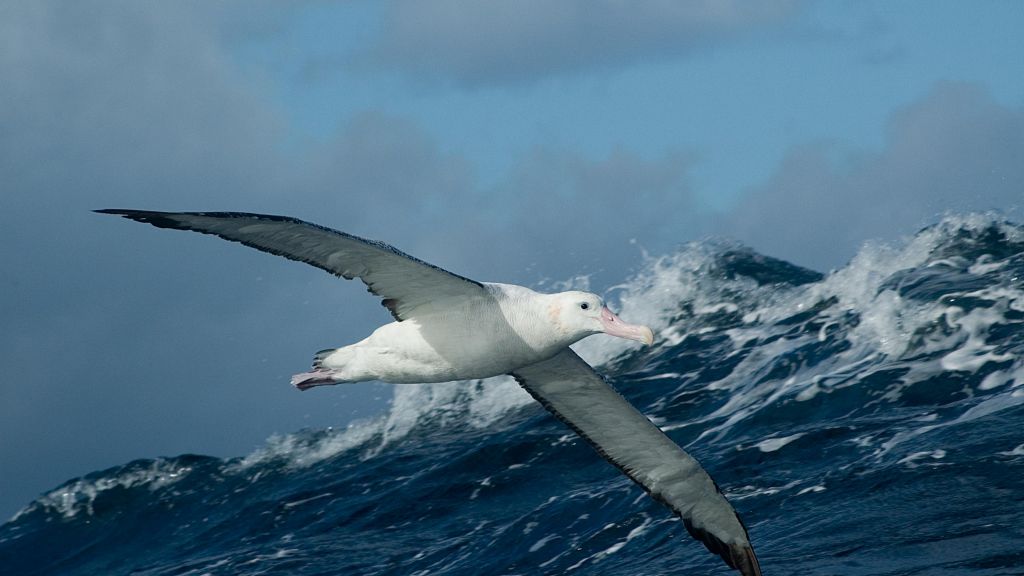
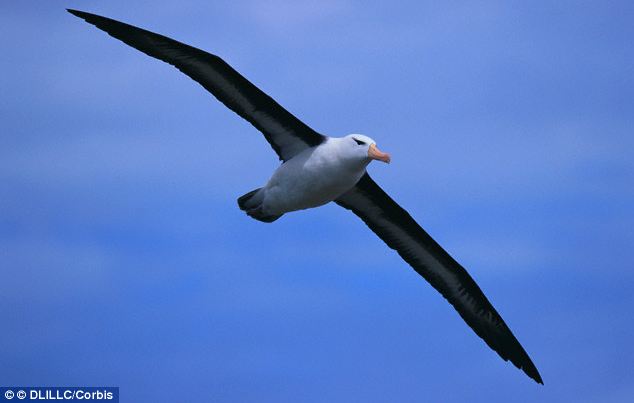
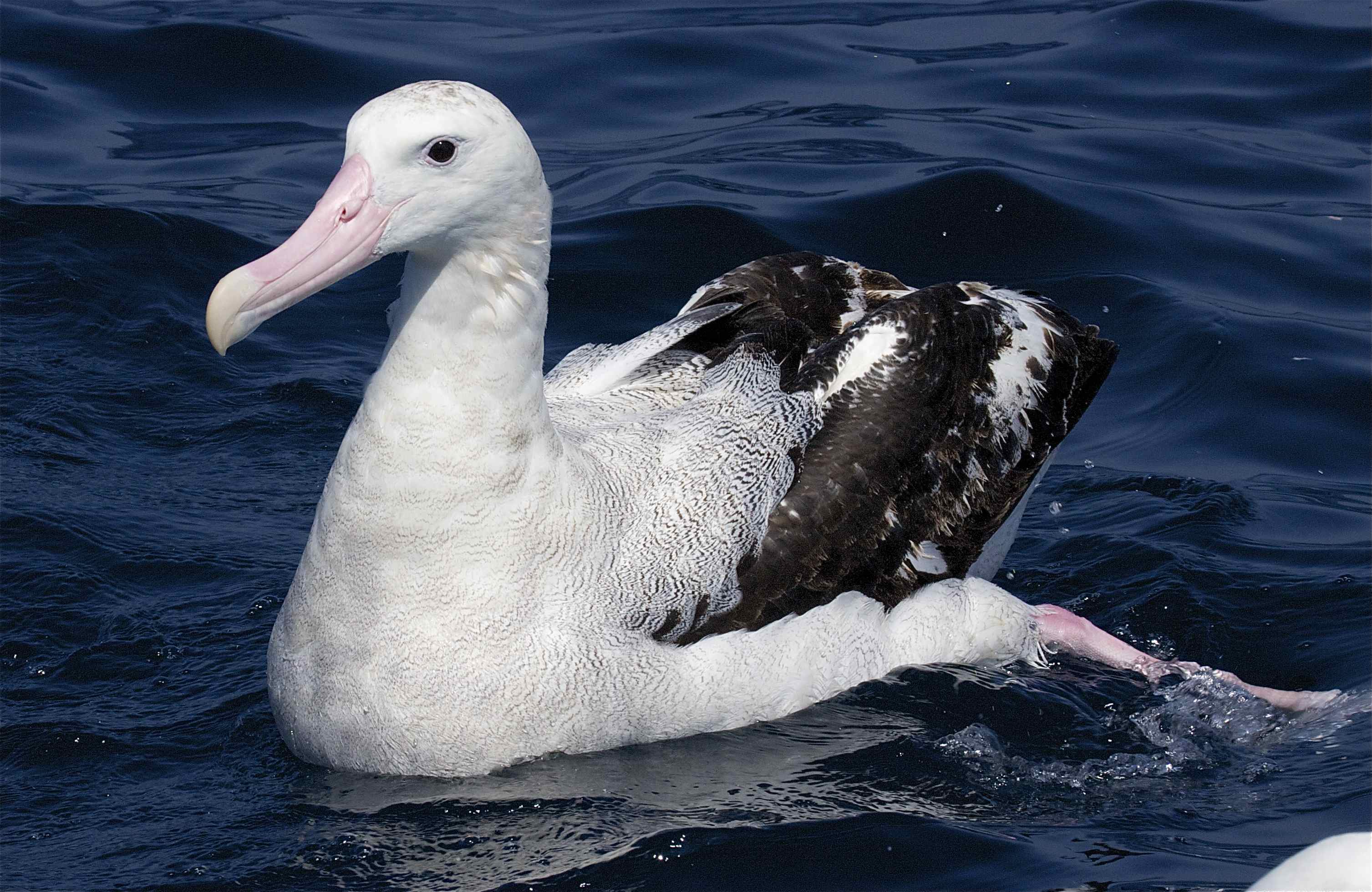
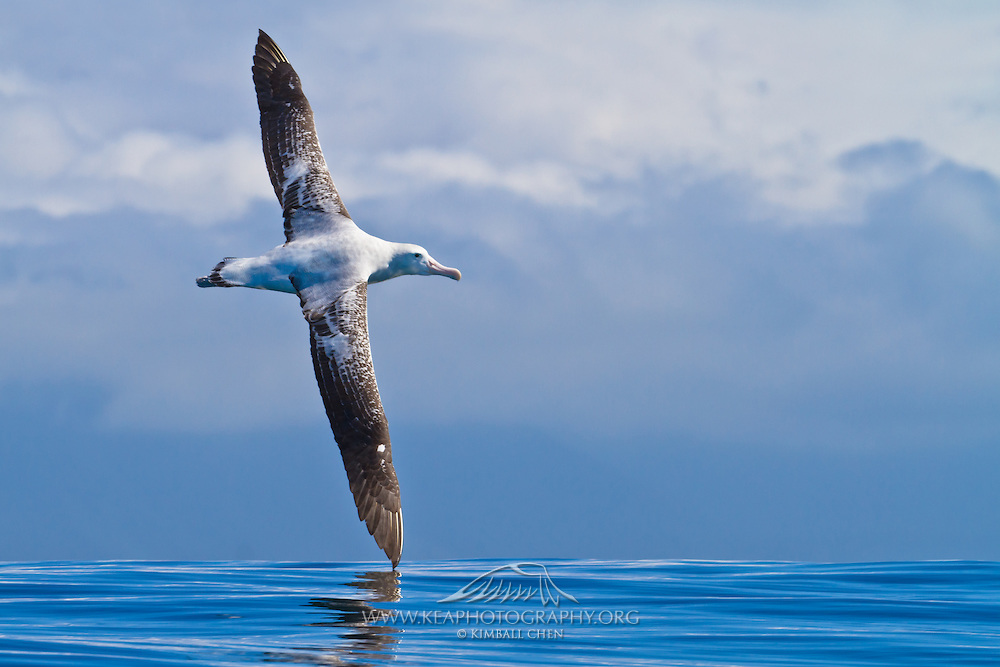
 Animalia Life
Animalia Life